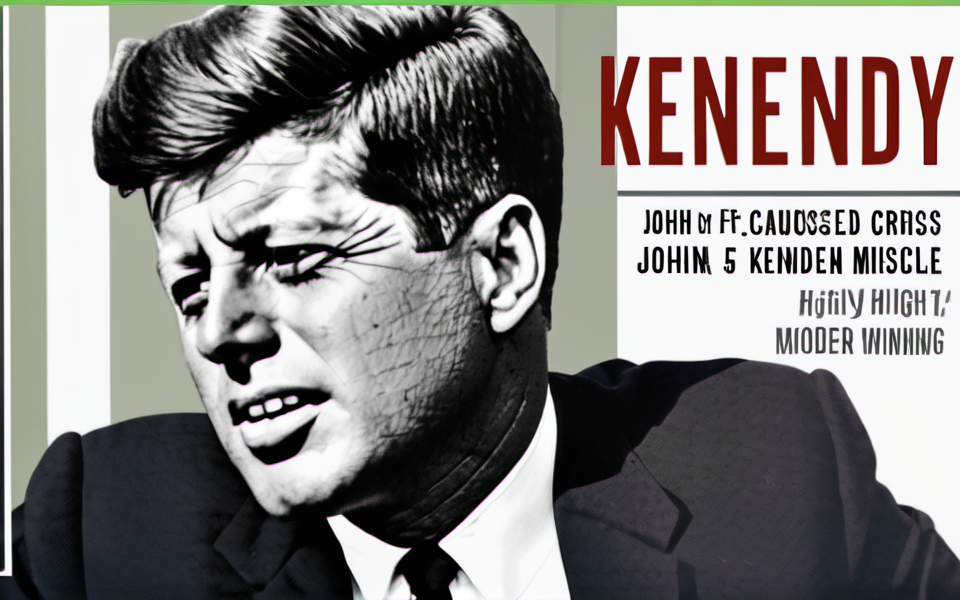Want to know how one man’s decision brought the world back from the brink of nuclear war? Dive into the gripping story of President John F. Kennedy and the Cuban Missile Crisis.
The Tense Beginning
In October 1962, a U.S. spy plane captured photos of Soviet missiles in Cuba, just 90 miles off the coast of Florida. This shocking discovery led President John F. Kennedy to realize that the world was on the edge of a nuclear showdown. The stakes were incredibly high. With the Cold War tensions at its peak, both the United States and the Soviet Union had enough firepower to obliterate each other. Imagine finding out that enemy missiles are just a short flight away from your home! The sensation was nothing short of terrifying for the American public and the government alike.
The President’s Silent Struggle
Kennedy had to act fast but wisely. He convened a group of his closest advisors, a team known as EXCOMM. Together, they discussed every possible option, from diplomacy to direct military action. Nights were sleepless, and every decision was scrutinized. Would they strike first, risking a full-scale nuclear war, or find another way to neutralize the threat? Kennedy knew that his choices in the next few days would shape the future of the world. The president’s stress was unimaginable, yet he maintained a calm exterior. His leadership was truly being put to the test.
The Brink of War
The nation held its breath as Kennedy decided to impose a naval blockade around Cuba, a move he termed a “quarantine” to avoid any misconceptions of aggression. The idea was to stop any more Soviet ships carrying missiles from reaching Cuba. Days turned into an eternity. Soviet ships approached the blockade line, and the world watched in anxiety as the most critical moments in contemporary history played out. Would the Soviets back down or defy the blockade? It was a real-life game of “chicken,” and the stakes couldn’t be higher. For a few agonizing days, it seemed war was inevitable.
The Climax: A Peaceful Resolution
Miraculously, Soviet Premier Nikita Khrushchev agreed to dismantle and remove the missiles from Cuba, in exchange for the United States agreeing not to invade Cuba and secretly removing American missiles from Turkey. The world let out a collective sigh of relief. Kennedy’s cautious but firm handling of the crisis had paid off. Communication channels were set up to ensure future crises could be managed more effectively. The Cuban Missile Crisis became a testament to Kennedy’s leadership and his ability to steer through the darkest hours with a level head.
The Long-lasting Impact
The Cuban Missile Crisis significantly impacted international relations. It led to the establishment of the Moscow-Washington hotline, a direct communication link between the two superpowers aimed at preventing such near-catastrophes in the future. It also led to further talks on arms control and eventually the signing of the Nuclear Test Ban Treaty in 1963. Kennedy’s legacy grew, and his actions during those tense 13 days became a defining moment of his presidency. Through intelligent diplomacy and measured force, JFK showed the world that peace could indeed be achieved without stepping into the dangerous territory of nuclear conflict.






